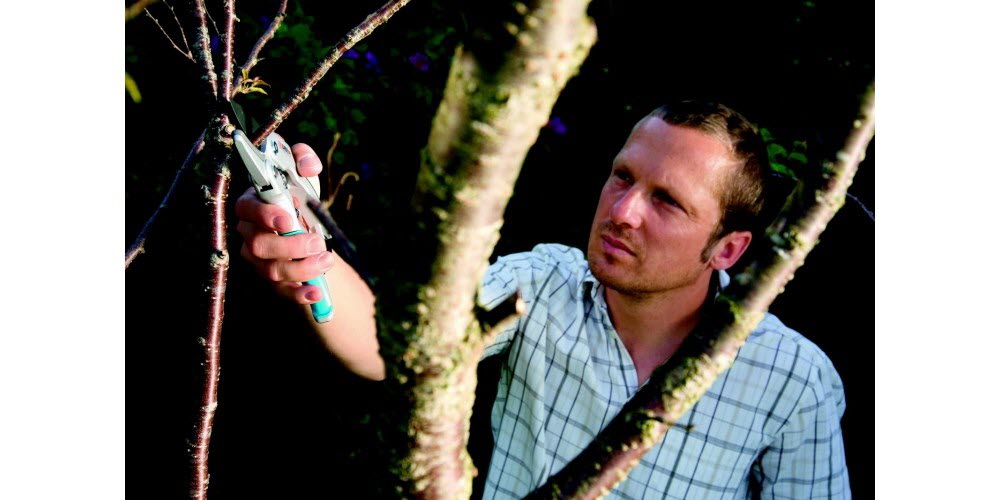A pretty figure goes through a good size: to improve flowering, guide growth and ensure the health of your ornamental shrubs, prune them regularly, taking into account the peculiarities of each plant.
There is a safe and easy way to significantly increase the number of flowers on ornamental shrubs – by pruning.
This is especially the case of varieties which flower in summer and autumn and whose flowering is all the more important when they were pruned in spring.
These include, among others, recurrent roses, buddleias and spirea. For shrubs that bloom in spring, such as forsythias and weigellias (Photo), pruning after flowering is just as beneficial.
Beauty by size
Ornamental shrubs usually bloom on their recent stems, no more than two years old.
So the more young stems the plant has, the more flowers it will have. Branches over four years old tend to degenerate and hardly flower anymore.
But it is enough that the shrub can produce new shoots from old branches and a few dormant buds, for the plant to regenerate itself.
Only some ornamental shrubs like magnolia and witch hazel virginiana (photo) cannot regenerate from their old wood: these should not be pruned.
The right gestures for pruning
It is important to adopt the correct pruning technique. The best tool is a sharp secateurs, with which you will cut the old branches as close to the ground as possible or directly on the trunk.
When thinning the plant, be sure to cut each stem, at an angle, just above a branch or an outward eye.
Pruning a shrub always comes down to stimulating it and giving it vigor. Of course, only practice small wounds, those that exceed 5 cm must be coated immediately with a healing product.
Do not leave a stump of branch that would give mold an ideal ground.
Photo caption: A regular pruner can remove young stems up to 2 cm in diameter. For dry, hard-to-cut wood, use anvil pruning shears.
